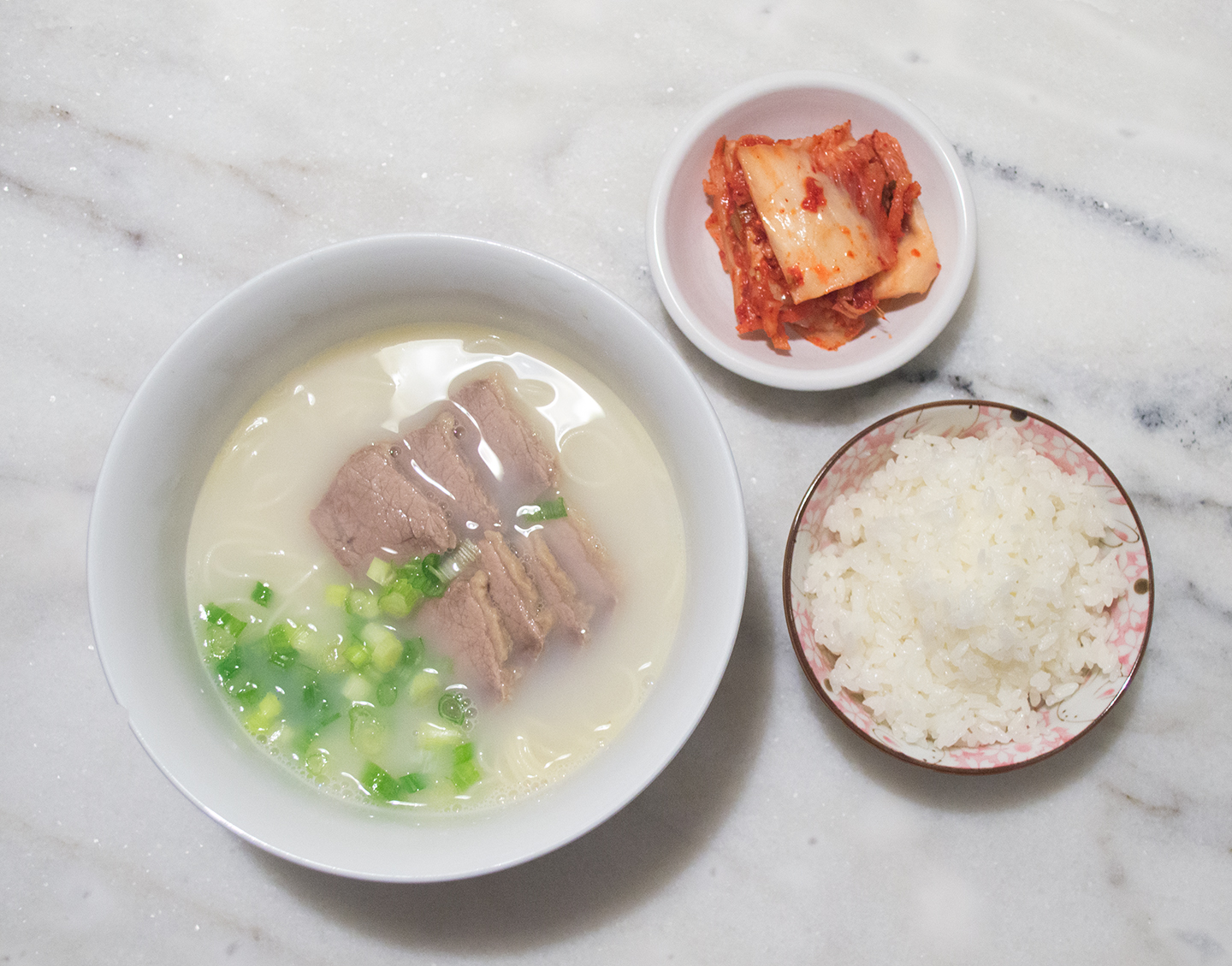
Now, this Seolleongtang (설렁탕) is a labor of love, but you’ll be completely satisfied when it’s all done!
It’s getting colder here in New York, and Kitty and I have been searching for some excellent soup. It’s nice to have a delicious hot meal when you have been running around town the whole day, battling the wind chill through the concrete jungle.
I made this a couple weeks ago on a weekend, the same time I decided to make galbitang. Again, it’s one of those passive tasks that I did while taking care of other household chores. Plus, if you have a pressure cooker, the duration of cooking cuts down to half. Unfortunately, in this small New York City kitchen, it’s tough to store such items along with everything else. Needless to say, I didn’t find this difficult at all to make with just a large pot and some beef leg bones.
Seolleongtang is known for making a lot out of very little. The steady boiling of bones and brisket creates enough food to feed a large group of people.
Recipe for Seolleongtang (설렁탕) - Ox Bone Soup with Brisket
- About 3-4 Servings
- Preparation:
- Cooking:
- Waiting:
Ingredients
Soup Base:
- 1kg (about 2¼ lbs) Beef Leg Bones
- 450g (1lb) Beef Brisket or Chuck
- 4L (about 4 quarts) Water
- 9g (1½T) Ginger, sliced
Before Serving:
- 125g (about 4½oz) Sōmen/Somyeon, dry
- Steamed White Rice
- 3 large Scallions, chopped
- Kosher/Table Salt, Ground Black Pepper, and Red Pepper flakes, to taste
Procedure
- Rinse the bones in a large bowl, removing any bone fragments. Drain and refill the bowl with cold water. Set aside for 30 minutes. Do the same for the brisket in a separate bowl.
- Drain both bowls again, put the bones and brisket in a large pot, and fill with 2 liters of water with the ginger. Bring the pot to a boil, turn down the flame, and leave it on a steady boil for 3 hours, covered. Skim off any foam while boiling. Add more water to the stock if the water level has decreased noticeably below 2 liters.
- After 3 hours, pour out the stock into a bowl. Remove the brisket, but keep the bones in the pot. Discard the ginger. Set aside the brisket to cool and afterwards, seal it in a container and refrigerate. Fill the pot back up with the remaining 2 liters of water and keep a steady boil for another 3 hours, covered.
- Turn off the flame, discard the bones, and cool the soup. Take a fat separator to remove the fat, or set the liquid in the refrigerator and wait for the fat to solidify before scooping it out, about 3-4 hours, or overnight.
- When ready to eat: boil the noodles until slightly under-cooked, rinse with cold water, drain, and set aside. Thinly slice the brisket. Bring the soup back to a boil, and add the meat. Once heated through, divide the noodles into serving bowls and ladle in the hot seolleongtang. Top with chopped scallions, and serve with the condiments on the side. Pair it with a bowl of rice to make a complete meal.
*Bunny Wisdom*
- A brief soak in water helps the blood and liquids come out of the bones and meat, which means less foam and bubbles to skim off later in the cooking process.
- If the water level starts to drop below the meat, pour more water into the pot to cover. We want to try to maintain a constant level of at least 2 liters of water, so there will be enough soup for everyone.
- This soup has the characteristic milky-white broth from the steady boiling of the bones. A simmer will create a clearer broth, much like the galbitang broth, and a rolling boil will evaporate most of the water. I try and maintain a happy medium between the two.
- The first boil brings out the meaty flavors from the meat and bones, and the second boil gives the broth its color and nutty flavor. You can boil the bones a third time to make this soup even milkier! It's definitely worth the passive time, especially if you want to feed more than 3 or 4 people as this recipe suggests.
- You can find Japanese sōmen (索麺、そうめん) or Korean somyeon (소면) at most Asian supermarkets. They are thin white noodles made with wheat flour.
- A slight under-cooking of the noodles prevents really soggy noodles at the dinner table.
- This dish is typically seasoned at the table with salt and pepper. When unseasoned, the soup has a very nutty and savory taste from the milky broth. Equally, a good kimchi or kkakdugi makes this soup infinitely tastier!
- Eat seolleongtang with rice in the soup (like a one-bowl meal), or have rice and banchan (반찬) with the tang on the side.
We often find ourselves with leftovers, seolleongtang included. The soup freezes really well, which allows us to enjoy eating this later in the week without having to make it from scratch again. Increase the yield for the recipe so you can have a hearty bone broth ready to eat, anytime!
**Here are some of the ingredients I use for this recipe. Please, feel free to browse and ask questions on anything you see listed below.**

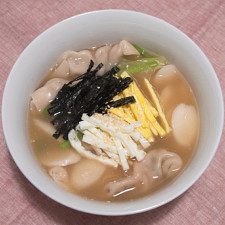
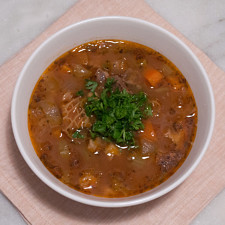
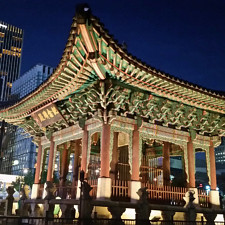
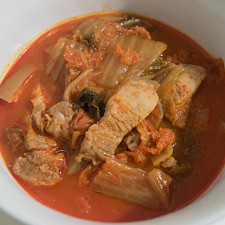
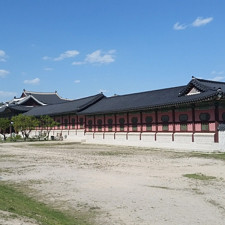
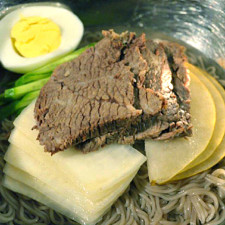
No thoughts on "Seolleongtang (설렁탕) – Ox Bone Soup with Brisket Recipe."